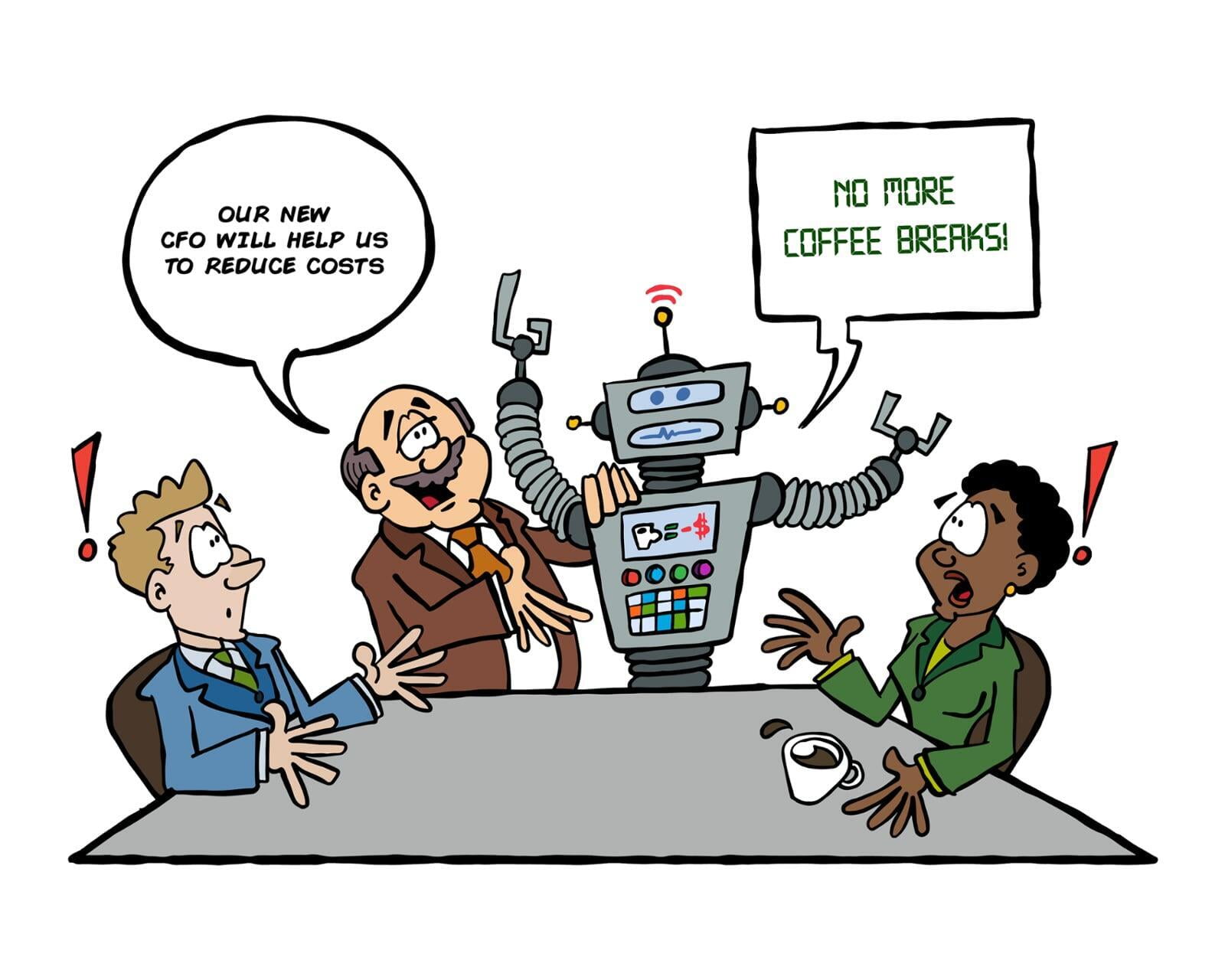According to Gartner, after a decline in IT spending in 2020, spending has picked up significantly in 2021. The worldwide IT spending will increase 6.2% to a total of $3.9 trillion, experts say.
Owing to the global disruption that the world has been facing, limiting the waste of resources probably tops the priority list of finance officers in all organizations. CFOs from around the globe are struggling to stay cost-conscious while also trying to maintain a competitive edge. While that is very much the crux of their role, things are easier said than done. Post COVID-19, businesses have been sent into an endless spiral that demands immediate investment on account of saving resources and costs in the face of any future disruptions.
Enterprises are shifting from legacy/traditional setups to cloud-enabled, subscription-based models. And CFOs are attempting to meet these requirements with a well-aligned technology spend. Through the refined measurement of spending on these digital tools, modern CFOs are now introducing rapid changes by managing risks, modernizing techniques for budgeting, and closely working with technology leaders to optimize the impact of these collaborated actions.
The CAPEX vs OPEX debate
In general, while an operating expense (OPEX) is allotted to the day-to-day functioning units, a capital expense (CAPEX) is incurred for the good of the future. The former is a category of period expenses written off within a year, while the benefits of the latter continue beyond the year, eventually tapering into the state of depreciation as time goes on.
Today, companies have a choice between vendors that offer on-premises systems (CAPEX purchase), hosted or cloud systems (OPEX purchase). Before the birth of cloud computing, if a business needed a new software system or server, the only option they had was to purchase upfront and record the investment as a CAPEX. Investment in technology was also in the form of CAPEX, until recently.
When it comes to modern decision-making in and around the modern CFO’s role, the expense model varies from instance to instance. Apart from the various key questions asked when a business is replacing or upgrading its technology, budget and cash flow are huge determinants (especially for small and mid-sized businesses). The key questions being:
- What is the pain-point this technology will solve for the business?
- How much downtime is needed to implement?
- How will users be trained on this new technology?
With the above concerns put together, various expense models emerged - such as on-demand, pay as you use, or subscription-based, all to the rescue of small to medium companies. In technology, it was SaaS for subscription-based software applications, IaaS for servers, etc, PaaS for development platforms, and so on.

A very simple example: Subscription-based models can provide a co-working space, individual desks to boardrooms and offices – all subscribed to. Similarly, if a manufacturing and supply chain organization has the need, they can rent furniture and office equipment, lease heavy equipment, and other assets. We already have subscription-based cars that can be owned. In the near future, Car as a Service (CaaS) might become a go-to model when self-driving cars become normal.
All in all, it comes down to answering questions about when does it make sense for your business to buy, and when does it make sense to lease, and when to go for a subscription-based model? And that deconstructs the entire CAPEX versus OPEX dialog.
How modern CFOs are choosing their spending model?
There are times when buying organizational assets upfront is the way to go. Other times, it might not fit the bill. Hence, there are several factors to consider when deciding between an on-premises and on-demand system, such as resources to manage and maintain the system and room for growth. Like software, hardware, and everything-as-a-service is added to the cloud, many functions are now on the OPEX side of things, and modern CFOs and their businesses are preferring the freedom and tax benefits that come with the same.
The tale of the two spending models is not to be pitted against each other, although one might appear more advantageous over the other. However, the benefits entirely lie on the financial side. It all boils down to the direct/indirect cost savings of time and resources. While more and more organizations adopt the model of OPEX investment for a lot of purposes, certain areas cannot do without the CAPEX model.
In the end, every modern CFO has a pivotal role to play in making the appropriate decision on the given options, based on the way they want to spread their expenditure and delay/avoid any costs that can be alternatively taken care of. They are well aware of the fact that any failure to evolve their finance function to match the changing cloud environment can lead to financial turmoil. Once they choose to recognize the risks and beat the underlying costs, they can resume contributing to their organization’s success and growth.
